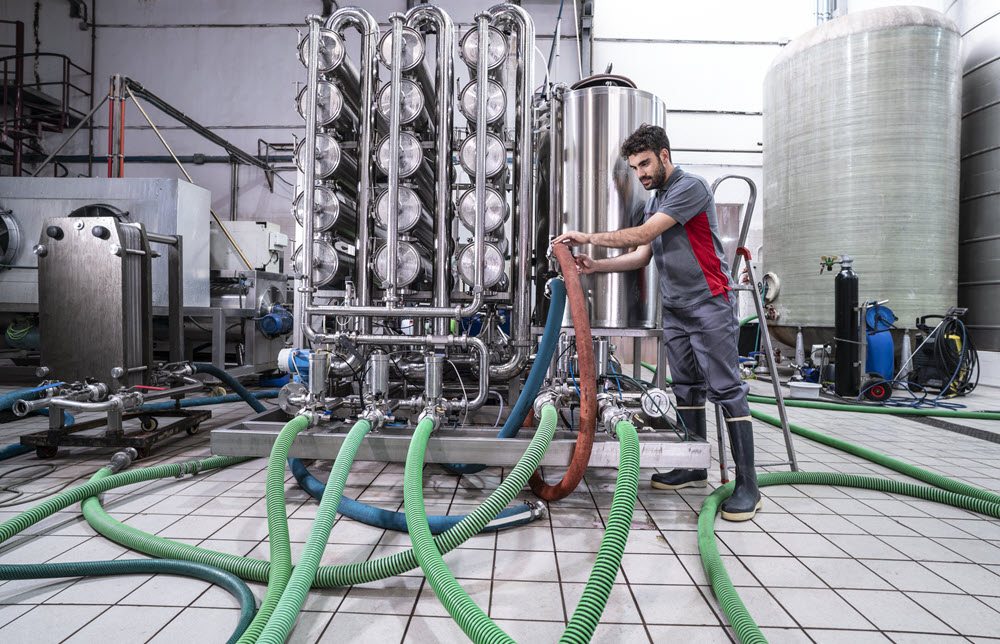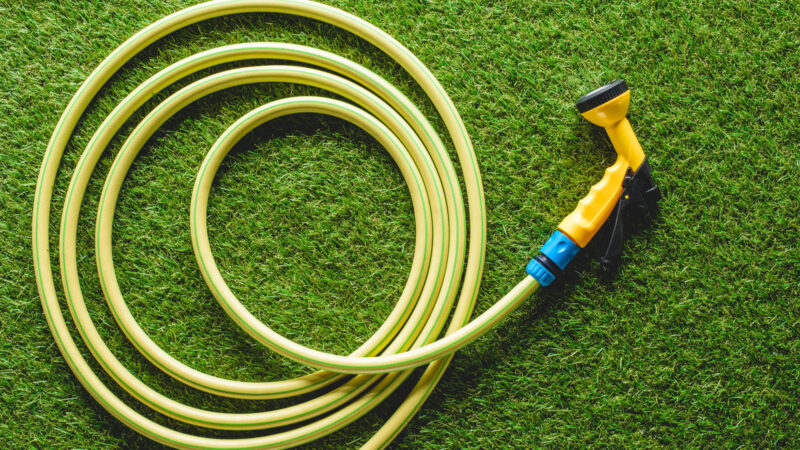When it comes to home maintenance, hoses are an essential component. From watering the garden to washing your car, hoses make these tasks easier and more efficient.
But not all hoses are created equal — there are several different types of hoses available on the market for a variety of uses. In this article, we will explore the various kinds of hoses that exist and explain how they can be used in different contexts.
So whether youre tackling a DIY project or simply looking after your lawn or outdoor space, understanding the different types and uses of hoses is key to getting the job done right!
Types of Hoses

Hoses come in many shapes and sizes, making them a versatile tool for any job. Different types of hoses serve different purposes, from irrigation to heavy-duty industrial use.
Hose selection is critical when it comes to finding the right fit for your project. Here are some of the most common types of hoses and their uses: Garden Hose – Garden hoses are lightweight and typically made from vinyl or rubber material with brass couplings on both ends.
They’re designed to be used with water pressure up to 75 psi, so they can easily handle watering tasks such as washing cars or hand watering plants. Air Hose – Air hoses provide compressed air for pneumatic tools like nail guns, staplers, sandblasters, and more.
These durable hoses have crimped fittings on each end that attach securely to an air compressor’s output port or another fitting with similar threading. Suction Hose – A suction hose is usually made out of thick PVC plastic reinforced by steel wire mesh inside its walls; this makes it ideal for transferring liquids over short distances without leaking or breaking down under pressure fluctuations.
Common applications include emptying pools and ponds, draining flooded basements after major storms, pumping sewage away from residential areas into septic tanks in rural areas, etc. Fire Fighting Hose – Fire fightinghoseselection depends on a variety of factors including temperature tolerance range (from 100℉to 500℉), burst pressure rating within specified limits (usually between 800psiand 3000psi), abrasion resistance rating (high/medium/low), chemical exposure ratings(acidic/alkaline environments).
High-quality firefightinghosedesigns feature flexible yet durable materials such as polyester jacketed EPDM rubber which will not crack even when exposed to extreme temperatures up high heat levels due to sudden changes in fire intensity.
Uses of Hoses

Hoses are incredibly versatile. From washing the car to painting a wall, there are many uses for hoses in everyday life.
In the garden, they can be used to water plants or clean outdoor furniture and equipment. Hoses can also be used to draw water from lakes or other bodies of water, making them ideal for camping trips and other outdoor activities.
Inside the home, hoses can be used to fill up pools or hot tubs quickly as well as draw baths with ease. For those looking for more power around their home, some hoses come equipped with pressure nozzles which make it easy to spray down surfaces such as siding and fences to remove dirt and grime build-up on hard-to-reach places.
Finally, hoses are great tools when it comes time for spring cleaning – they provide an effortless way of clearing away debris from driveways or pathways without having to bend over or move heavy objects manually.
Advantages of Different Types of Hoses

When it comes to hoses, there are a variety of advantages that come with different types. Garden hoses tend to be lightweight and flexible, making them easy for home gardeners to maneuver around their yards.
Fire hoses are designed for heavy-duty use and can withstand high water pressure, making them ideal for firefighting purposes. Industrial-grade hoses on the other hand can handle extreme temperatures and chemicals without degrading or becoming damaged.
Automotive hoses also have specific features such as flexibility and extra insulation that make them ideal for automotive applications like cooling systems. A vacuum cleaner hose is an important part of any household cleaning system because of its suction power which helps loosen dirt from carpets or upholstery.
Last but not least, air compressor hoses help transfer compressed air efficiently between tanks or other tools in industrial settings while being resistant to kinks and tears due to their reinforcement design feature. Each type has unique characteristics that offer different benefits depending on the user’s needs; understanding what each hose offers is essential when deciding which one you should purchase
Conclusion

Hoses are an incredibly versatile tool that can be used for a variety of tasks. From transporting liquids to cleaning surfaces, hoses have become essential products in many industries. The different types of hoses available can vary greatly depending on the type and purpose required, so it is important to understand the various uses of each type before making a purchase.
Understanding the different types and uses of hoses will help ensure you get exactly what you need for your project or task.


